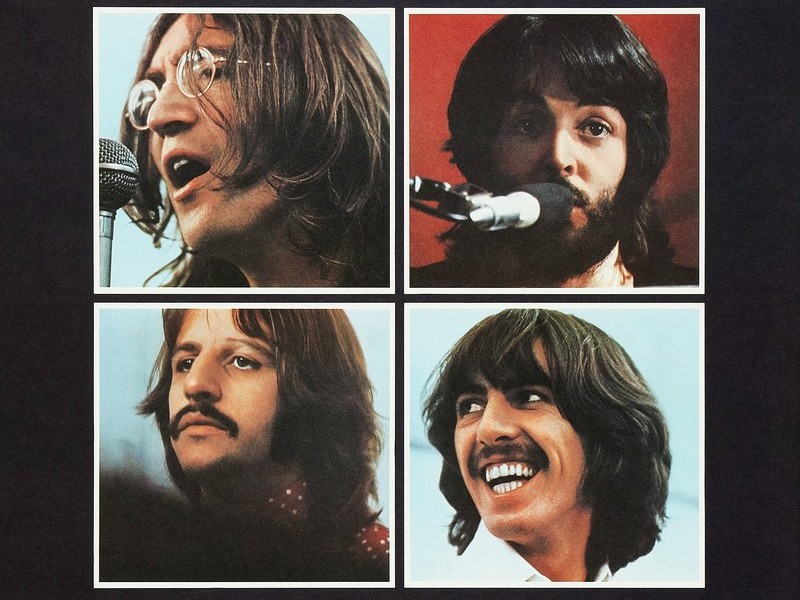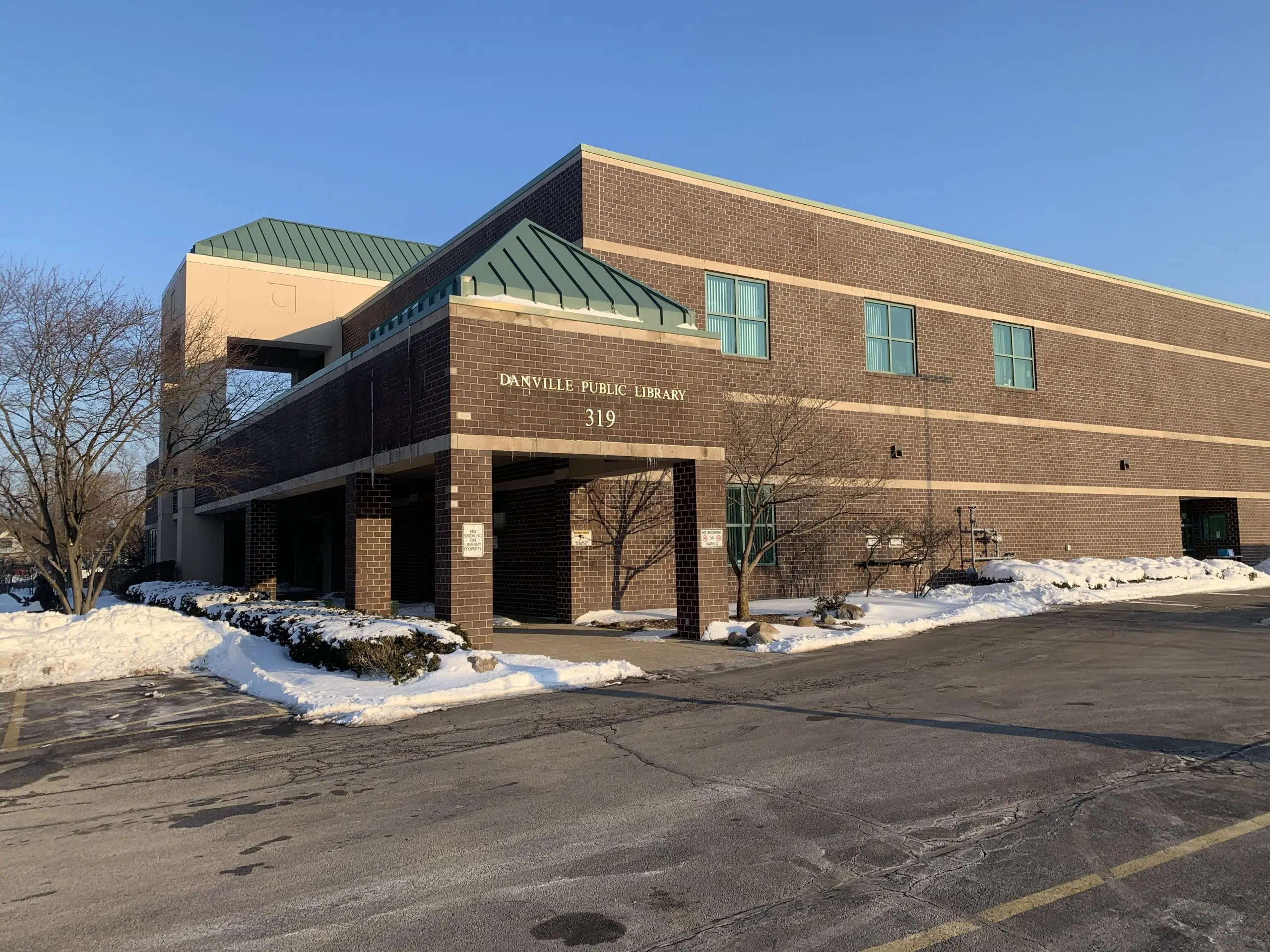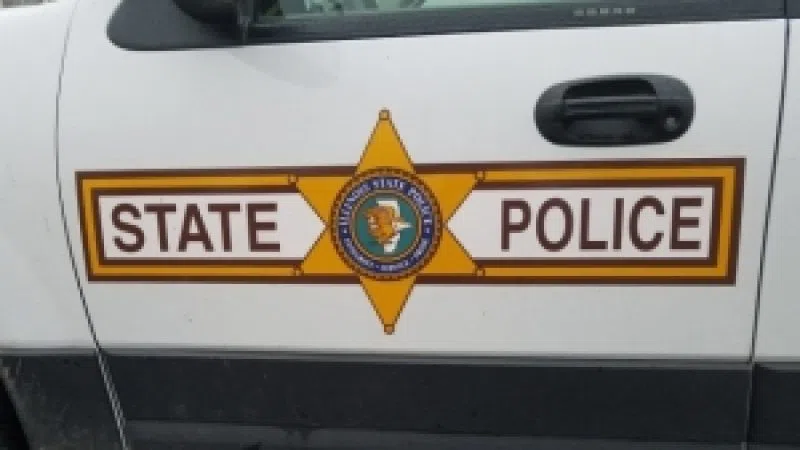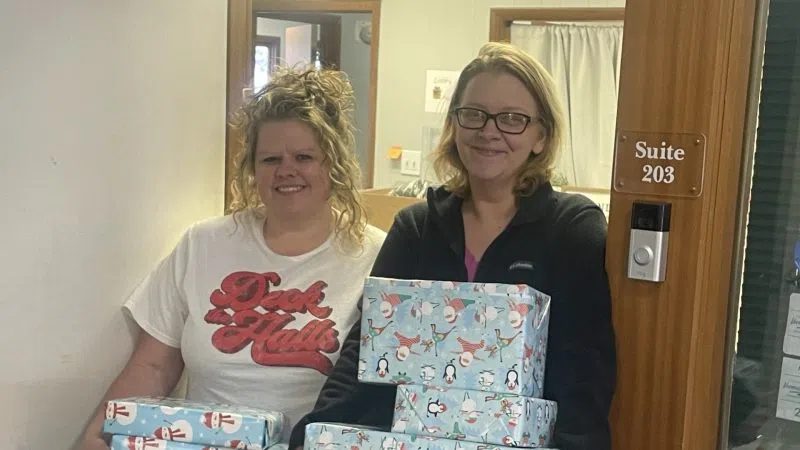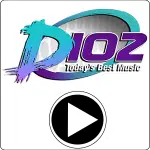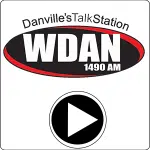It was 53 years ago today (May 8th, 1970) that the Beatles released what was technically their final album, Let It Be. Although the band's last album, Abbey Road had been released the previous fall, the Let It Be project — which began 16-months before its release — was issued nearly a month after Paul McCartney announced that the “Fab Four” had indeed split. The album served as the soundtrack to the film of the same name, which premiered in New York City on May 13th, 1970. The movie, which was shot in January 1969, was originally intended to be a TV special called Get Back featuring the group rehearsing for their first live show in over two years. The early rehearsals captured the group — along with John Lennon's soon-to-be wife Yoko Ono — clearly bored, with only Paul McCartney showing any real enthusiasm for the new material. The first part of the film shows the strain of the early morning sessions held in a cavernous soundstage at London's Twickenham film studios.
The Beatles' late-producer George Martin recalled that the Let It Be project held great promise in the beginning: “They were going through a very, very revolutionary period at that time. And they were trying to think of something new. They did actually come up with a very good idea, which I thought was well worth working on; The wanted to write an album completely and rehearse it and then perform it in front of a large audience — and for that to be a live album of new material. And we started rehearsing down at Twickenham film studios, and I went along with them.”
George Harrison, who was the least invested member of the band in regard to returning to the stage, recalled the band's initial plan: “I think the original idea was to rehearse some new songs, and then we were going to pick a location and record the album of the songs in a concert. I suppose kinda like they do these days on Unplugged, except, y'know, it wasn't to be unplugged. It was to do a live album.”
Among the songs featured in the film are “Let It Be,” “Get Back,” “Don't Let Me Down,” “Maxwell's Silver Hammer,” “For You Blue,” “Octopus' Garden,” “I Me Mine,” “Across The Universe,” “The Long And Winding Road,” covers of “Besame Mucho,” “Shake, Rattle And Roll,” and “Kansas City,” among others — including the still unreleased originals “Jazz Piano Song” and “Suzy Parker.”
The tracklisting to the Let It Be album is: “Two Of Us,” “Dig A Pony,” “Across The Universe,” “I Me Mine,” “Dig It,” “Let It Be,” “Maggie Mae,” “I've Got A Feeling,” “One After 909,” “The Long And Winding Road,” “For You Blue,” and “Get Back.”
In 1970 John Lennon recalled the nearly month-long film shoot saying: “It was just a dreadful, dreadful feeling being filmed all the time. I just wanted them to go away. And we'd be there at eight in the morning and you couldn't make music at eight in the morning, or 10, or whatever it was . . . in a strange place with people filming you and colored lights.”
The tension between the group is palpable, especially during the sequence where Harrison and McCartney argue over Harrison's playing on the song “Two Of Us.”
McCartney explained that unconsciously, the Beatles were actually telling the world that they were breaking up: “In fact what happened was when we got in there we showed how the breakup of a group works because we didn't realize that we were actually breaking up, y'know, as it was happening.”
The movie lightens up considerably during the second half, when the filming moved to the group's new Apple basement studios, with the addition of keyboardist Billy Preston. A major highlight of the film is the final sequence, when the Beatles play in impromptu set on the Apple headquarters rooftop, featuring “Get Back,” “Dig A Pony,” “I've Got A Feeling,” “Don't Let Me Down,” and “One After 909.” Filmed on January 30th, 1969, it would be the band's final public performance.
Reviews for the film, which was released a month after the group's breakup, were mixed, citing the sluggish and depressing nature of the film, as well as director Michael Lindsay-Hogg's sloppy editorial choices. But across the board, both critics and fans agreed on the power of the group's triumphant rooftop set.
Author Ritchie Unterberger chronicled the prolonged Get Back/Let It Be sessions in his book, titled The Unreleased Beatles: “They had bitten off more than they could chew. Y'know, even before they assembled in January, the idea was, 'Let's get back to playing as a live band' — pretty good idea. But then it was, 'Let's make it an album and a film, and we're going to make the album a film of us doing a concert of songs we've never recorded before.' It's kind of like trying to do too much at once. And then you're recording it — the comparison I made in the book is kind of Nixon's 'The Watergate Tapes,' you have no idea that this stuff is going to comeback to haunt you forever.”
Beatlefan magazine's executive editor Al Sussman saw the film within days of its premiere and was left speechless by the group's live swan song: “It was really depressing. But, what made it worthwhile was the rooftop, y'know? Because when I left that theater, I was this far off the ground. Despite the fact that we knew everything that happened afterward. Yeah, that saves the film.”
Ken Mansfield, the former U.S. manager of Apple Records, recently published his latest memoir on his time with working with the Beatles, titled The Roof: The Beatles’ Final Concert. Mansfield was among the handful of insiders present at the rooftop concert that day. He recalled prior to the lunchtime gig walking in on the four Beatles who were using one of the Apple offices as a makeshift dressing room: “It was like walking in on a band, a nervous bunch of guys getting ready to do an audition. I don't know if it's because they hadn't played together, or whether they were trying to put the set together, but it was one of those kind of tense things where they were nervous. When we locked the doors upstairs, and the minute they started playing — and y'know all the. . . everything that was going down, all the stuff. It's like it all went away and I really believe in my mind that they forgot everything and they were what they were. They were the Beatles.”
George Martin said that he felt betrayed by Lennon and Harrison when they enlisted Phil Spector to rework the Let It Be tapes prior to their eventual release: “When the record came to be issued, EMI rang me up and said, 'They don't want your name on the record. It'll be 'Produced by Phil Spector.' I said, 'But I produced all the original stuff that they worked on.' I said, 'I'm not having that. Why don't you put on it, 'Produced by George Martin, over-produced by Phil Spector?' But they didn't seem to go for that.”
The Let It Be album marks the only Beatles album to house three Number One songs — albeit in different mixes to their single counterparts: “Get Back,” “Let It Be,” and the group's last chart-topper, “The Long And Winding Road.”
The version of “Get Back” that closes the Let It Be album, which was long thought to be a live take, is actually a cheat — Lennon and McCartney's pre and post-song comments were tagged by Phil Spector onto an abbreviated version of the studio-recorded single version.
Let It Be earned the Beatles their only Academy Award, when they won the 1970 Oscar for Best Original Song Score. The film was briefly available on VHS in 1981, but is not yet available on DVD.
The Let It Be album hit Number One on June 13th, 1970, ending Paul McCartney's three-week run on top of the charts with his solo debut, McCartney. Let It Be went on to hold the top spot for a solid month until the soundtrack to Woodstock displaced it.
FAST FORWARD
Released in 2021 was the long-awaited “Super Deluxe” version of the Beatles' Let It Be. The set features six discs — a remastered version of the album, outtakes, a Blu-ray mix of Let It Be, and engineer Glyn Johns' original 1969 mix of the scrapped original album titled Get Back.
The Let It Be album has been newly mixed by producer Giles Martin and engineer Sam Okell in stereo, 5.1 surround DTS, and Dolby Atmos. The “Super Deluxe” collections also feature 27 previously unreleased session recordings, a four-track Let It Be EP, and the never before released 14-track Get Back stereo LP mix compiled by engineer Glyn Johns in May 1969.
The “Super Deluxe” editions feature a 100-page hard-back book with an introduction by Paul McCartney, extensive notes and track-by-track recording information and many previously unseen photos, personal notes, tape box images, and more.
The band's complete January 30th, 1969 Apple Rooftop performance is also now availalble for streaming.
